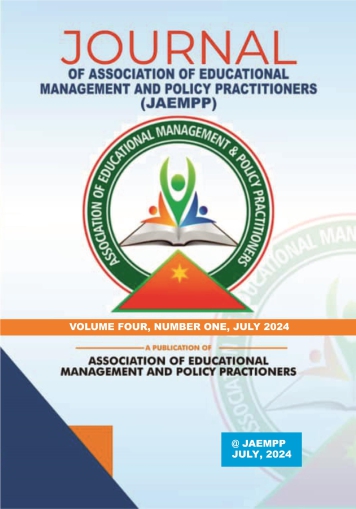ESSENTIALS OF MOTHER TONGUE AS A MEDIUM OF INSTRUCTION TO READING SKILL ON STUDENTS’ COMPREHENSIVE PASSAGE IN PRIMARYSCHOOLS IN BAUCHI STATE
Abstract
This research examines the essentials of mother tongue as a medium of instruction to reading skill on students‘ comprehensive passage in schools, However, the research work is to bring the awareness of teachers, at primary school level, education administrators, critical stakeholders, curriculum experts, book publishers and host of others to be able to the understand the use of
mother tongue as a medium of instruction, and the benefits it gives to educational development of children and the society at large. As enshrined in the national policy of education (1969). So that teaching and learning will become more effective. The basic postulates of the readerresponse theory and reader-response approach in class emphasize the crucial role of the reader on the literary and aesthetic experience when reading a literary text. The students‘ way of understanding and perceptions of a written text, as well as the experience of the student, influence the interaction between the student and a text. This interaction contributes to the development
of interpretation of the text and reconstruction of the ideas expressed in the text. The article examines the possible ways of implementing the reader response theory in a literature class, including written assignments, personal responses to a literary text and in-class discussions. There is need of incorporating students into reading skill approaches for the enhancement of students ‗outcomes in both narrative and descriptive written passage. The study intends to adopt qualitative research approach, through purposive sampling technique. In addition, interviews were conducted and questionnaires was administered on the targeted primary schools in order to ascertain their responses. Participants of this study was drawn from the 20-primary school across the (20) Local Government Areas of Bauchi State. In the same manner, (200) primary schools used for the study, ten (10) pupils.





